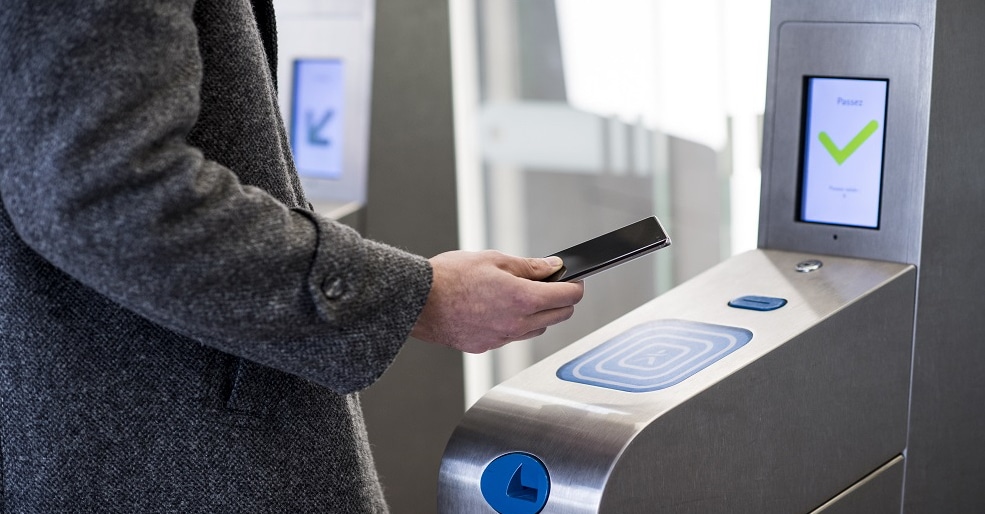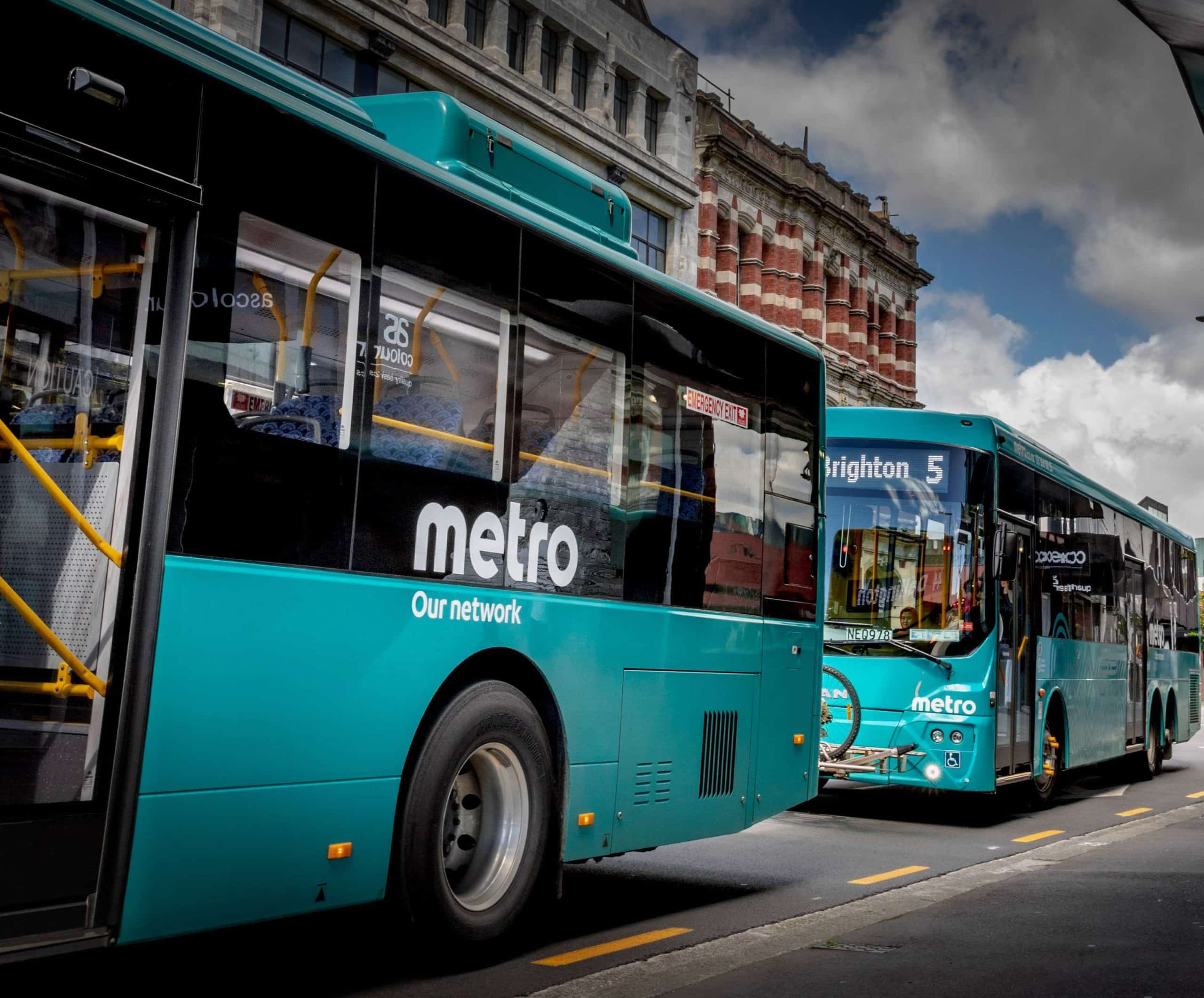
Article Highlights
Promoting mobile ticketing with HCE is only one of the ways that the Calypso Networks is seeking to stay competitive amid such global trends in fare collection as open-loop payments,account-based ticketing and QR code-based payments–all of which would lessen the importance of Calypso cards, chips and terminals that Calypso members make.
There are 500,000 Calypso-compatible terminals globally. Most are concentrated in Europe, but there are Calypso deployments in Canada, Latin America and to a lesser extent in Africa and Asia. Calypso technology is used by public transit agencies in more than 160 cities globally to collect fares. Besides Paris, that includes Brussels, Milan, Lisbon and Montreal.
• Calypso Networks Association
• Wizway
• Île-de-France Mobilités
• RATP
• SNCF
• CTS (Strasbourg)
The recent move by CTS, the transit agency serving the French city of Strasbourg, to make its NFC mobile-ticketing service available to users of nearly all Android phones, could signal greater use of Google’s host-card emulation technology by supporters of Calypso, one of the world’s major technologies for closed-loop fare cards.

















